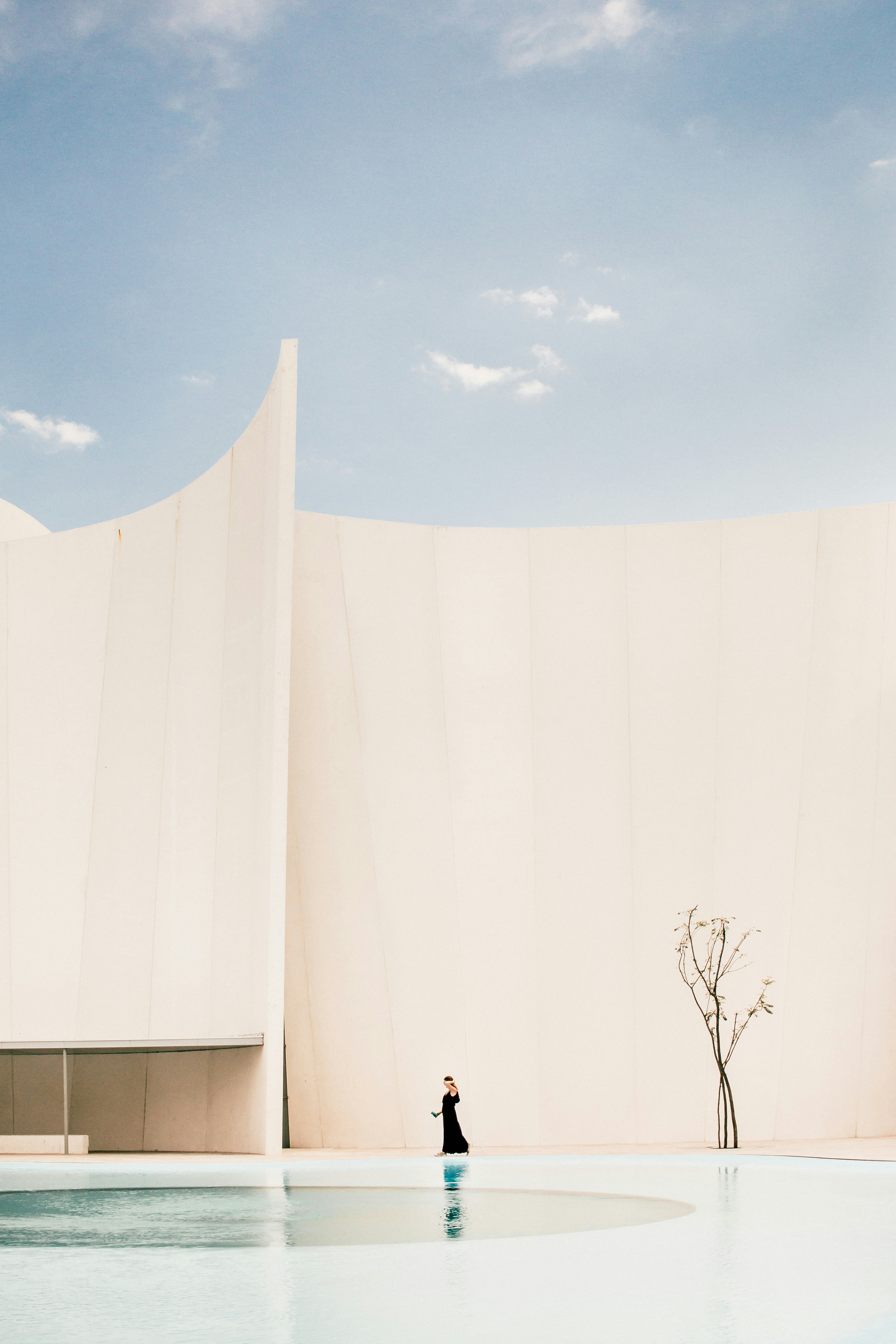Reimagining Public Spaces: Urban Renewal and Community Building
Public spaces are the heart of urban life. Learn how innovative urban renewal projects transform neglected areas into vibrant community hubs.
January 10, 2024
Ethan Cole
Ethan Cole



Introduction
Introduction
Public spaces are the heartbeat of urban life. They offer a place for community interaction, cultural expression, and civic engagement. In this post, we delve into how innovative urban renewal projects are transforming neglected areas into vibrant community hubs.




Case Studies in Urban Renewal
Around the world, architects are turning derelict structures and underutilized spaces into thriving centers of activity:
Historic Warehouse Conversions: Abandoned industrial spaces have been transformed into art galleries, co-working spaces, and cultural centers.
Revitalized Waterfronts: Cities are reimagining their waterfronts, turning them into bustling promenades, parks, and mixed-use developments that attract both locals and tourists.
Design Strategies for Public Spaces
Successful public space design involves:
Inclusivity: Creating environments that are accessible to everyone, regardless of age or ability.
Multifunctionality: Designing spaces that can host a variety of activities—from public events and markets to quiet retreats.
Connectivity: Ensuring that public spaces are well-integrated into the urban fabric, encouraging movement and social interaction.
Community Impact
Well-designed public spaces can significantly enhance urban life:
Social Cohesion: They provide a common ground where communities can gather, celebrate, and interact.
Economic Boost: Revitalized public areas often lead to increased local commerce and higher property values.
Civic Pride: Transforming neglected spaces into vibrant community hubs instills a sense of ownership and pride among residents.
Challenges & Solutions
Urban renewal projects come with their own set of challenges, including:
Regulatory Hurdles: Navigating complex zoning laws and building codes.
Funding Constraints: Securing adequate financing for large-scale transformations.
Community Resistance: Balancing modern interventions with the preservation of local heritage. Innovative solutions such as public-private partnerships, adaptive reuse strategies, and inclusive design processes can overcome these obstacles.
Future Directions
Looking ahead, the evolution of public spaces will increasingly focus on sustainability, smart technology integration, and community-driven design. Future projects are likely to incorporate renewable energy, real-time data collection, and participatory planning to create even more responsive and resilient urban environments.
Conclusion
Reimagining public spaces is not just about physical transformation—it’s about fostering community, culture, and connectivity. Through thoughtful design and strategic renewal, cities can turn forgotten corners into dynamic spaces that enhance urban life for everyone.
Case Studies in Urban Renewal
Around the world, architects are turning derelict structures and underutilized spaces into thriving centers of activity:
Historic Warehouse Conversions: Abandoned industrial spaces have been transformed into art galleries, co-working spaces, and cultural centers.
Revitalized Waterfronts: Cities are reimagining their waterfronts, turning them into bustling promenades, parks, and mixed-use developments that attract both locals and tourists.
Design Strategies for Public Spaces
Successful public space design involves:
Inclusivity: Creating environments that are accessible to everyone, regardless of age or ability.
Multifunctionality: Designing spaces that can host a variety of activities—from public events and markets to quiet retreats.
Connectivity: Ensuring that public spaces are well-integrated into the urban fabric, encouraging movement and social interaction.
Community Impact
Well-designed public spaces can significantly enhance urban life:
Social Cohesion: They provide a common ground where communities can gather, celebrate, and interact.
Economic Boost: Revitalized public areas often lead to increased local commerce and higher property values.
Civic Pride: Transforming neglected spaces into vibrant community hubs instills a sense of ownership and pride among residents.
Challenges & Solutions
Urban renewal projects come with their own set of challenges, including:
Regulatory Hurdles: Navigating complex zoning laws and building codes.
Funding Constraints: Securing adequate financing for large-scale transformations.
Community Resistance: Balancing modern interventions with the preservation of local heritage. Innovative solutions such as public-private partnerships, adaptive reuse strategies, and inclusive design processes can overcome these obstacles.
Future Directions
Looking ahead, the evolution of public spaces will increasingly focus on sustainability, smart technology integration, and community-driven design. Future projects are likely to incorporate renewable energy, real-time data collection, and participatory planning to create even more responsive and resilient urban environments.
Conclusion
Reimagining public spaces is not just about physical transformation—it’s about fostering community, culture, and connectivity. Through thoughtful design and strategic renewal, cities can turn forgotten corners into dynamic spaces that enhance urban life for everyone.
More Insights
Address:
250 Innovation Avenue, Suite 101, Metropolis, USA
Phone:
(555) 123-4567
Email:
contact@arcnovaarchitecture.com
Address:
250 Innovation Avenue, Suite 101, Metropolis, USA
Phone:
(555) 123-4567
Email:
contact@arcnovaarchitecture.com
Address:
250 Innovation Avenue, Suite 101, Metropolis, USA
Phone:
(555) 123-4567
Email:
contact@arcnovaarchitecture.com
Address:
250 Innovation Avenue, Suite 101, Metropolis, USA
Phone:
(555) 123-4567
Email:
contact@arcnovaarchitecture.com


